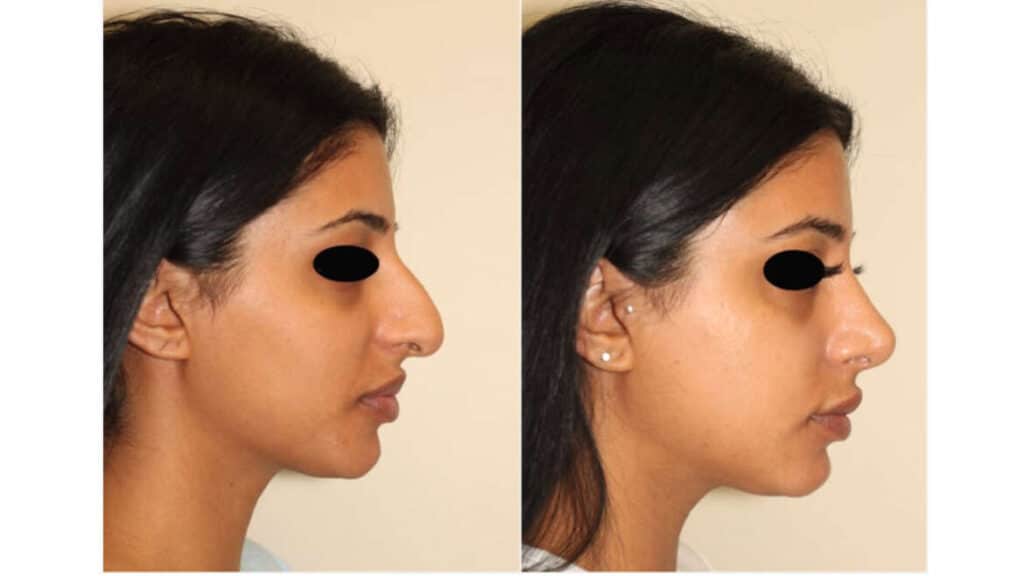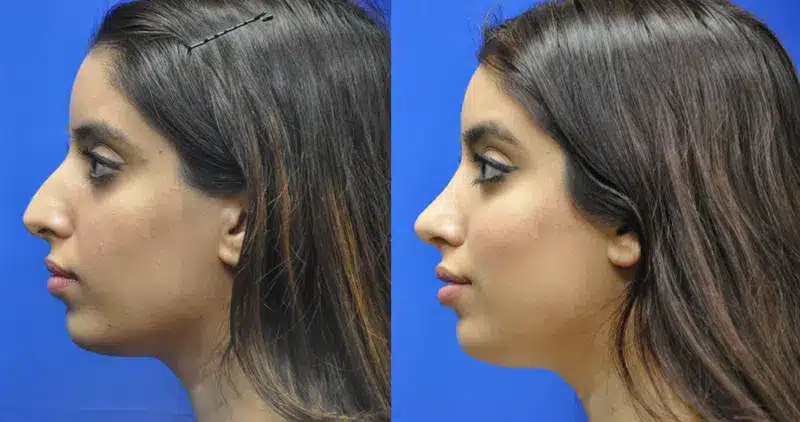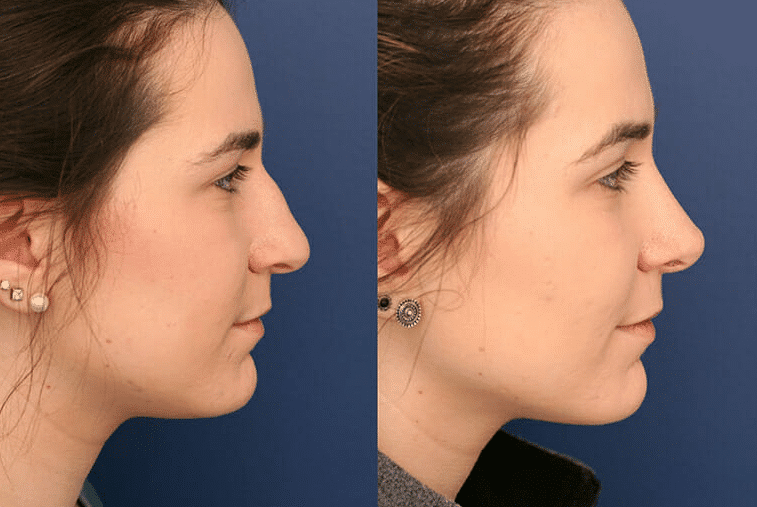A surgical treatment called rhinoplasty, also referred to as a “nose job,” tries to improve or modify the nose. Beyond just improving appearance, rhinoplasty can also solve functional problems like breathing problems brought on by abnormalities in the nose. This revolutionary procedure has become more well-known for its potential to enhance general wellbeing in addition to its cosmetic advantages. Rhinoplasty Procedure is now becoming more common in Pakistan. Rhinoplasty cost in Pakistan varies somewhere between 200000 and 300000 rs. There are many surgeons that do rhinoplasty in Lahore. There are also many surgeons who perform non-surgical rhinoplasty in Lahore.
Table of Contents
Acknowledging What Is Rhinoplasty Procedure
Decision Making
It is important to comprehend the decision-making process before delving into the specifics of the rhinoplasty, such as the cost. People who are considering rhinoplasty frequently do it for a number of reasons, including treating trauma-induced deformities, congenital flaws, and facial harmony.
The first step is to consult with a trained plastic surgeon, during which the patient and the surgeon talk about expectations, goals, and possible outcomes. The customisation of rhinoplasty is one of its main features. Since every patient’s nose is different, the process must be customised to suit their requirements and preferences. To establish a customised surgical plan, surgeons consider factors such as individual preferences, skin type, and facial proportions.
Getting Ready for Surgery
Clinical Examinations
Prior to having a rhinoplasty, a comprehensive medical evaluation is necessary. In order to determine how best to proceed with the surgery or recovery, the surgeon will evaluate the patient’s general health, medical history, and any pre-existing illnesses. It is essential that the patient and the surgeon communicate clearly. The surgeon sets reasonable expectations and goes over the procedure’s possible dangers, advantages, and restrictions. This guarantees that the patient is knowledgeable about the shift and psychologically ready for it.

The Procedure of Surgery
Step 1: Anaesthesia
Depending on the patient’s request and the intricacy of the procedure, either general anaesthesia or local anaesthesia with sedation are usually used for rhinoplasties. To guarantee the patient a safe and comfortable procedure, the surgeon collaborates with an anesthesiologist and a group of highly qualified medical specialists.
Step 2: Making incisions
Depending on the type of surgery, an open or closed technique can be used to do rhinoplasty. The columella, or skin strip between the nostrils, is cut thinly during an open approach to give the surgeon a clear view of the nasal anatomy. With the closed technique, no outward scars are left behind because incisions are made inside the nose.

Step 3: Restructuring the Nose
The surgeon makes the necessary incisions and then delicately raises the nasal skin to expose the underlying tissues. The desired result is then obtained by reshaping or augmenting the bone and cartilage. Reducing a hump, honing the tip, or addressing asymmetries are typical modifications.
Last Step: Closure of Incisions
The surgeon carefully sews the incisions shut after reshaping the nose. Removal is not necessary if dissolvable sutures are placed inside the nostrils. If there are any external sutures, they usually come out in a week.
Healing and Follow-Ups
Patients may have minor soreness, bruising, and swelling after rhinoplasty. A splint may be applied to the nose to support it and help preserve its new form while it heals, and pain medication is administered to treat any discomfort. Even though there are significant improvements in the first few weeks, it might take several months to heal completely. Patients must adhere to their surgeon’s postoperative recommendations, which may include avoiding physically demanding tasks, not touching or adjusting the nose, and scheduling follow-up consultations.
Advantages and Things to Consider About
Improved Aesthetics and Functioning
Rhinoplasty has a significant impact on looks, improving facial harmony and fostering a sense of self-worth. Following the treatment, patients frequently express more pleasure with the overall looks of their faces. Beyond its aesthetic advantages, rhinoplasty can solve practical problems, including breathing problems brought on by structural defects or a deviated septum. Because of its dual function, rhinoplasty is a special and adaptable treatment.

Risks
Like any surgical surgery, rhinoplasty is usually thought to be safe, although there are certain dangers involved. Bleeding, infection, or undesirable scarring are examples of possible side effects. Selecting a board-certified plastic surgeon who specialises in rhinoplasty reduces these dangers and guarantees a better result.
Summing Up
Beyond just cosmetic surgery, rhinoplasty is a life-changing experience that has the power to alter a person’s confidence and self-worth in addition to their nose. Thanks to improvements in surgical methods and a customised approach, rhinoplasty presents a special chance for people to get the desired face harmony. A good and enjoyable rhinoplasty experience depends on several factors, like with any medical procedure: selecting a trained physician, being realistic about expectations, and giving it considerable thought.

